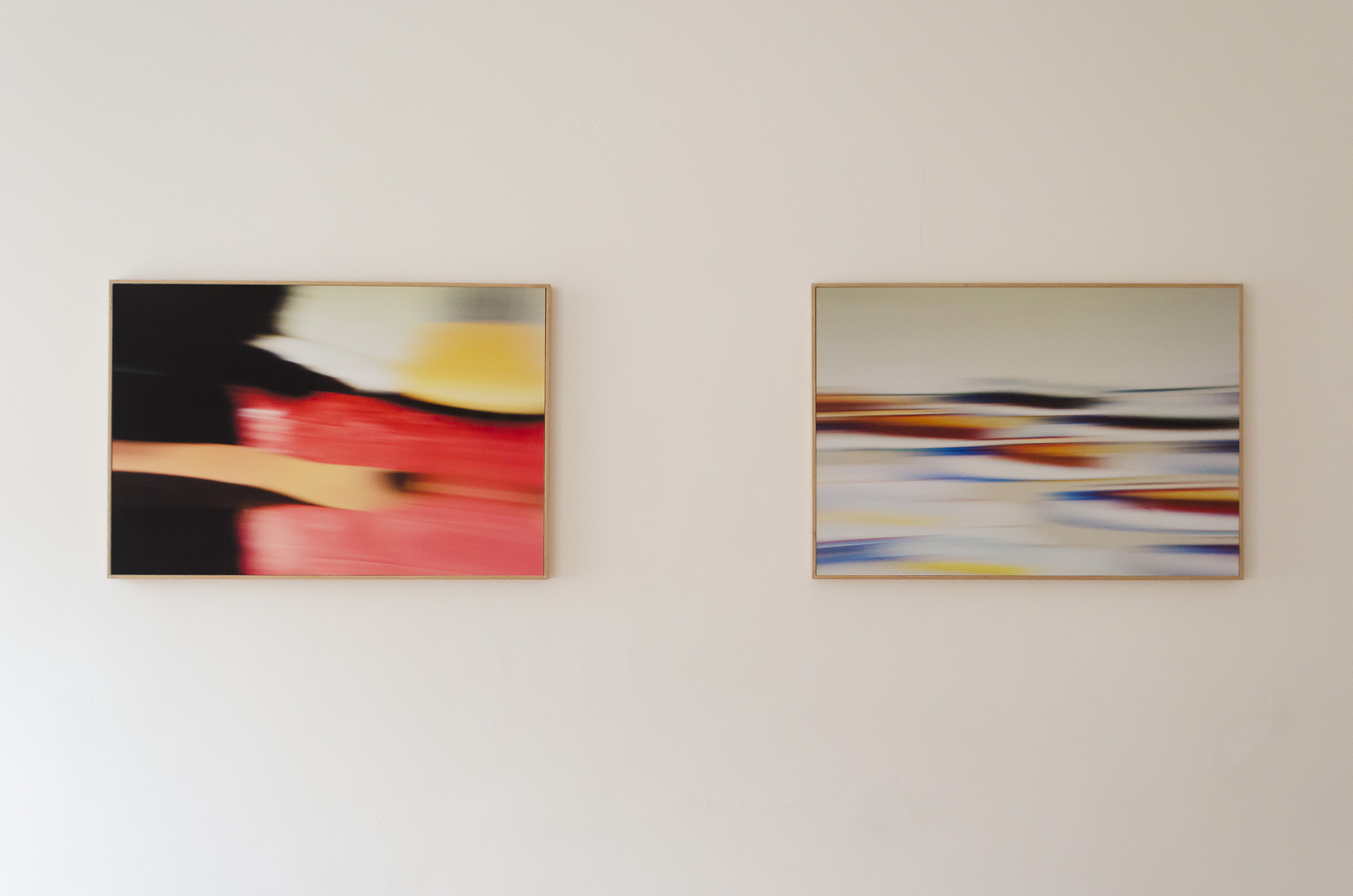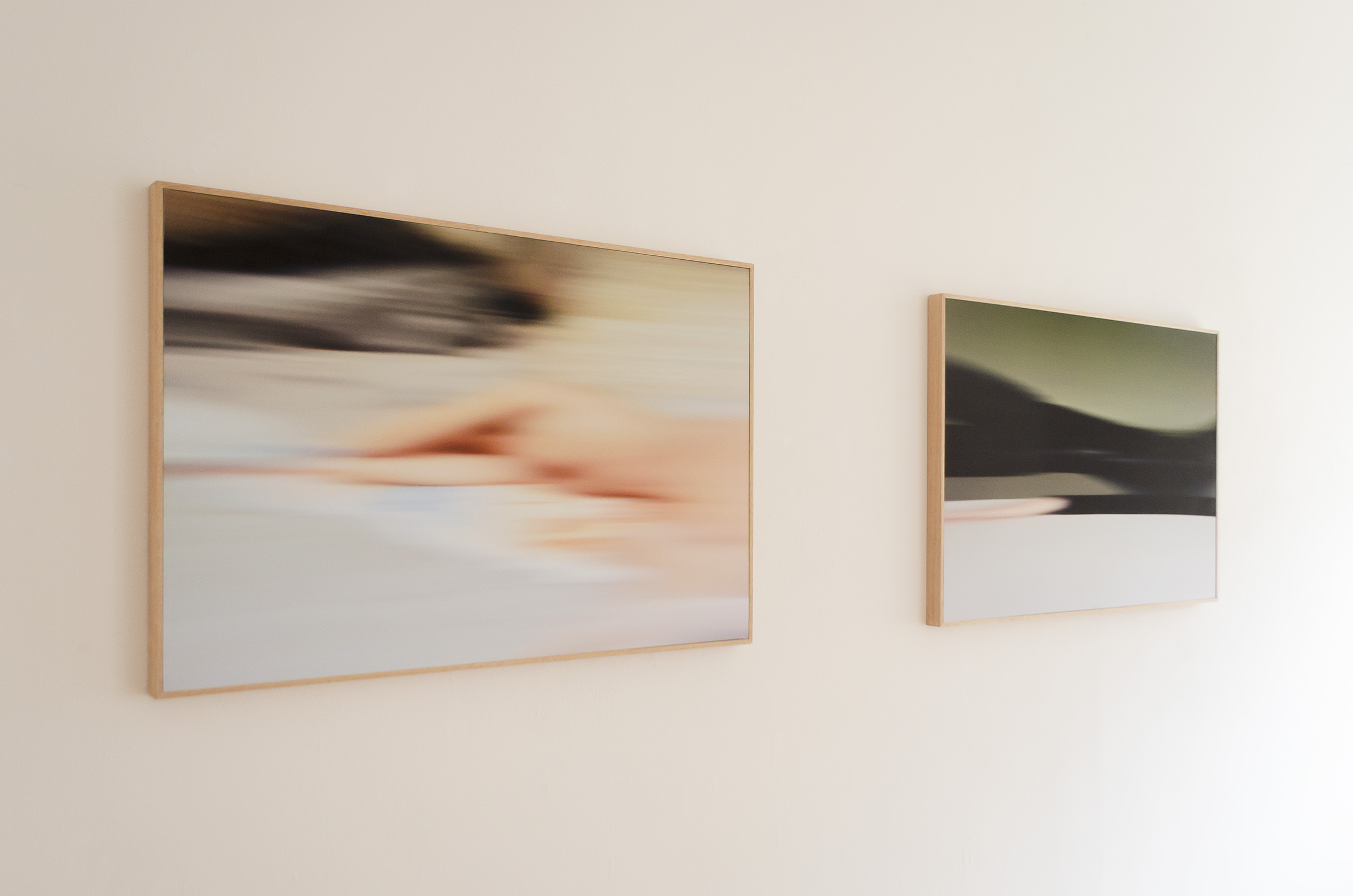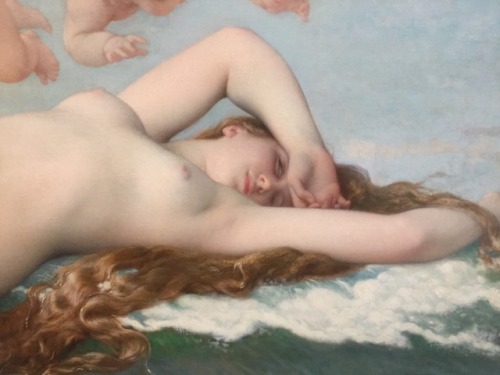
Essay
The Ghosts of an Image: "Reducción" by Adrián Galindo
by Verana Codina
At Nixxxon
Reading time
5 min
Since its creation in 2016, Nixxxon has been a platform for exhibition, research, and dissemination, dedicated to contemporary art, that has traveled across different spaces. Now, after a hiatus, the project is back with a new exhibition by Adrián Galindo.
Reducción (“Reduction”), as its title suggests, limits to six pieces a body of work of more than 100 photos taken during a period of four years, between 2016 and 2020.
The reductions take place when the photos are manipulated analogically or digitally by the artist, up to the point of achieving such a distortion that they are almost impossible to recognize. The information contained in the original source is modified to a degree that one can even speak of the creation of an entirely new product. An upcycling of images that, like ghosts, try to resuscitate and preserve—at least momentarily—the memory of their past.

The primary sources come from photographing such various media as screens, magazines, and books. Their contents cover different fields, including: fashion, landscapes, architecture, still-lifes, and corporealities. The images are so aleatory and plural that, if we also add distortion to them, we find that their identities are compromised by their possibility of being just about anything.

Despite its abstraction, blurring, and disfigurement, Reducción 83 appeared familiar to me. Perhaps it was because, of all the pieces, this was the most “figurative” and, therefore, the easiest to decipher. Among the waves caused by the liquidity of the effect, I managed to distinguish—or rather wanted to distinguish—what seemed to be the torso of a woman resting on a surface. Her outstretched arms partly cover her face, and she is surrounded by sky-blue spots. Right there, I realized that the image coincided in my mind with a close-up of The Birth of Venus, a work by the academic painter Alexandre Cabanel. It was curious to notice that the version stored in my mind not only appeared as a detail of the painting, but also occupied a particular space and moment: the dashboard of my Tumblr profile.
As soon as I left the exhibition I took out my cell phone and looked for this platform’s icon among my abandoned apps. I logged into my account and scrolled back until I arrived at early 2016. Following some reblogs, I finally managed to locate the painting fragment that Galindo’s photo had suggested to me.

What is the possibility that my reference and that of the artist share a mental and digital space-time?
“Quite a bit,” I thought: above all, after having noticed that the year in which I reblogged this entry coincided with that in which Adrián began with his Reducciones. In turn, as I searched for information about the artist on the internet, his Tumblr still appeared as his only official website.
In any case, my theory is probably wrong and the photo does not in fact come from that image, though my suspicion left me thinking about the semantic relations between images, and how their reproduction, distribution, and circulation construct a public, shared imaginary.
Hito Steyerl, in her essay “In Defense of the Poor Image,”*1 would describe this series of associations—or coincidences—as a reconnection of dispersed audiences, linked by the circulation of discarded material, an image that “has been uploaded, downloaded, shared, reformatted, and reedited.”*2 Therefore, the possibility of linking my references from that year and those of the artist is feasible in a world in which our encounter with images exists in relation to their reproducibility, copying, manipulation, and transience. The images arrive, are dispersed across fractured temporalities, and they return, reappropriated.

Retaking an image that already exists and consciously altering its original version accelerates it, but does not deteriorate it completely. Doing so reconfigures that first image, redistributes its information—recycles it, renders it abstract, reduces it, disguises it; a trick. Its lack of definition—or figuration—does not detract from its value: on the contrary, it adds to it. A substantial loss of visual information produces blots, gradients, and distortions. In this sense, Adrián Galindo’s reductions are poor images,*3 albeit enriched ones.
Translated to English by Byron Davies
*1: Steyerl, Hito. “In Defense of the Poor Image.” Essay in The Wretched of the Screen, 31–45. London: Sternberg Press, 2012.
*2: Ibid 32
*3: According to Hito Steyerl, a poor image is one that from a materialistic perspective is opposed to high-resolution images. The image has lost quality, “squeezed through slow digital connections, compressed, reproduced, ripped, remixed, as well as copied and pasted into other channels of distribution.” On Steyerl’s reading, the glorification of resolution and high definition reinforces the values and models of representation belonging to the dominant centers of audiovisual production. For this reason, she vindicates the place of the poor image as a solution to globalized images, as well as hegemonic media and visualities: those that fight to perpetuate neoliberal power configurations.
Published on June 24 2021